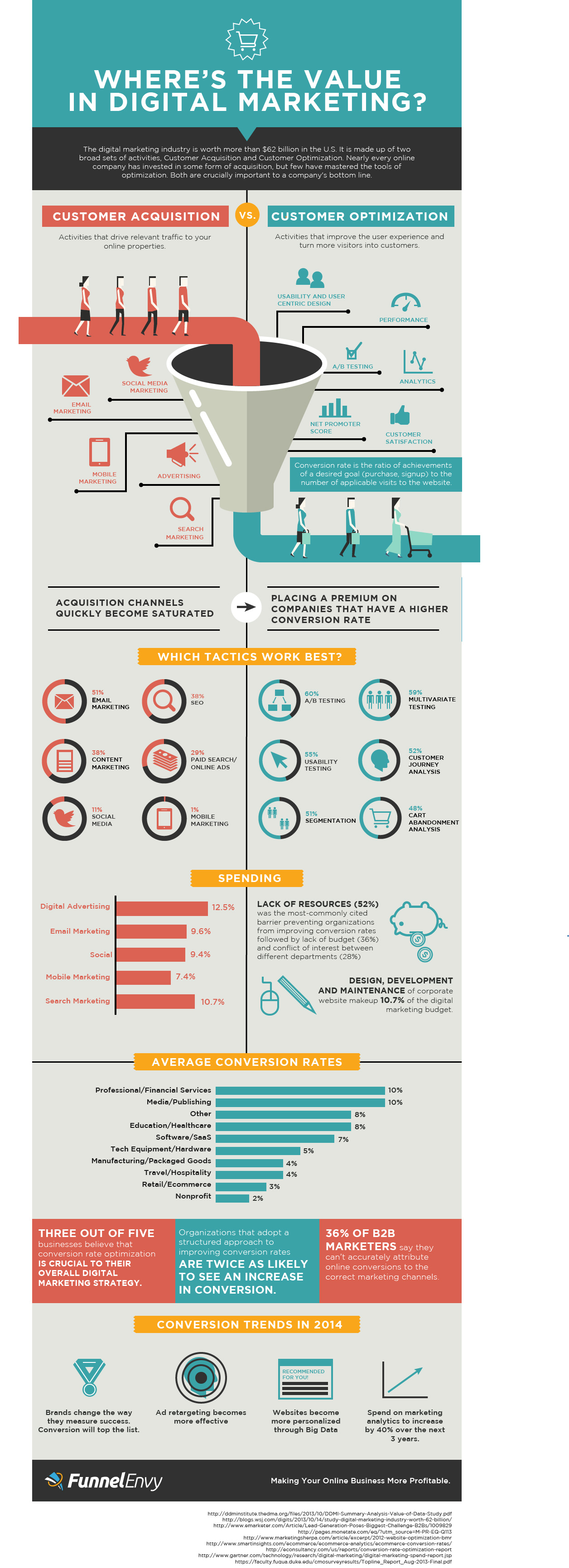Dan Zarella at Hubspot hosted the World’s Largest Webinar on the “Secrets of Social Media Today.” Here are my notes from the presentations with live link examples:
Speakers: Dan Zarella, Russ Laraway, Scott Engelman, Jed Clevenger
Topic #1: How to Make Your Social Media Presence Awesome
- Twitter: Create a Twitter profile that attracts more followers
- Use bio to be descriptive & reflective of why you should follow
- Include a URL
- Make it easy to be found
- Use photos to draw in people visually
- 75% access people by mobile, so don’t disregard mobile
- Ex. @Bonobos
- Facebook: Build presence & make the right connections
- Fill out complete and accurate info for a page
- Great profile pictures
- Use free tools: contact importer, friend invites
- Test new types of content and explore page insights
- Ex. SweetHaus
- LinkedIn: Create a company page that is informative & engaging
- Write a compelling business description
- Use an eye-catching image
- Ex. Huge
Topic #2: Getting the Most Out of Your Posts & Audience
- Twitter: Get more engagements for your tweets
- Give your followers what they want
- 80% of content not focused on selling
- Tweet about relevant industry topics
- Use #Hashtags correctly – think of them like structured search.
- Build communities around these.
- LinkedIn: use snackable content, taking audiences mind into consideration
- Ex. SpringCM
- Facebook: Post engaging content and get in the right conversations.
- ABE=Always be experimenting
- Ex. Kay’s Designer
Topic #3: Don’t Waste Money; Advertise Smartly
- LinkedIn: use sponsored updates to amplify your message.
- Get target content to an extended audience.
- Get advertising to mobile, desktop and tablet audiences.
- Ex. LinkedIn Talent Solutions
- Facebook: use direct response advertising for amazing audience targeting.
- Can reach whoever matters to you.
- Four pillars of Facebook ad strategy:
- Ad Formats: create newsfeed ads
- Targeting: target people not cookies. Four types:
- Interest & demographic
- Custom audiences
- Website custom audiences (been to your website)
- Look-like audience
- Conversion tracking: link off site to a website
- Measurement: manage campaign costs and optimize
- Ex. Little Passports
- Twitter: Campaign copy should work for you.
- Get more mileage out of your content.
- Don’t distract with hashtags or mentions if you don’t need them.
- Communicate a sense of urgency.
- Deliver a compelling offer.
- Facebook: be human – talk to people the way you would talk to them in person. Go to http://www.facebook.com/sts for help.
- Twitter: Ad Performance Tips
- On twitter it all comes down to relevancy – people connected to what they are interested in.
- Ex. @BuzzStream
- Facebook: Ad Performance Tips
- Objective base create flow.
- Power Editor is for scaling your ad creation.
- Use targeting to make the ad relevant to the audience but not too narrow.
- Use a clear call-to-action.
- Refresh your ads every 2-4 weeks.
- Ex. NatureBox
- LinkedIn: Making the most of your ad dollars
- Use your most engaging organic post rates (shoot for something above 1%).
- Always monitor CTR.
- Test different bids with various audiences.
- Keep your ROI in mind with each campaign.
- Ex. Mutual Mobile
Topic #4: Social Media-Wide Best Practices
- Twitter: Ex. @Chegg
- Facebook:Be authentic and use relevant images.
- Don’t use too much “me”-content.
- Ex. Facebook for Business (the irony here)
- LinkedIn:
- Consider images that are eye-catching.
Miscellaneous Questions
- Should I post the same thing on all three accounts?
- Different networks and deserve to be utilized individually.
- Should I use “Follow Me” links on my website?
- Use calls-to-action and spread your following around.
Final Thought
- Always be testing – marketing without data is like driving with your eyes closed.
———————–
Overall the webinar was large, but also misleading. Unless you’re new to social media, none of the material mentioned was a “secret” of any kind. While the webinar was not a waste of time, three things could’ve been done to improve its quality:
- Better sound. The mic was terrible and most that engaged using the hashtag #WLW14 mentioned this.
- Better speakers. Aside from Zarella, Laraway was the only one who did not use notes.
- A More Accurate Title or More Promising Material. Based on the content of the hour long webinar, it should’ve been titled “An Overview of Social Media Today.”











